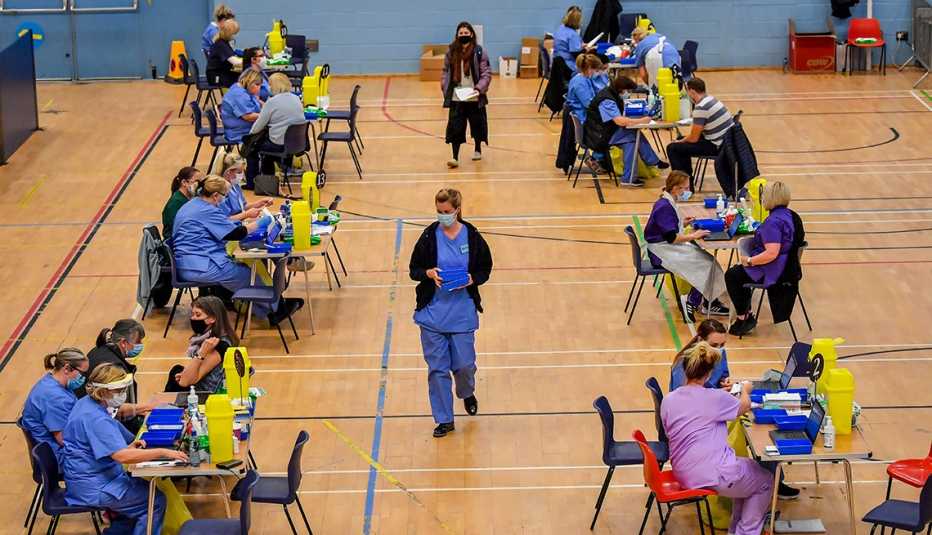Staying Fit


Kathy Sykes, 61, spent hours online recently trying to secure a vaccination appointment in Washington, D.C., for her 95-year-old friend Roger, who doesn't have a computer. She filled out and submitted a lengthy online form for him but received no confirmation of receipt — then tried again repeatedly whenever a new batch of appointments became available. “Is this just a rat race for whoever can click with their little fingers to get in the fastest?” Sykes asks, frustrated. Eventually, after many tries — each requiring her to fill out the form again — she got him an appointment. “It was like trying to get tickets to a rock concert,” she says.
Half of adults waiting for the vaccine said they felt “frustrated” by the state of the vaccination efforts, and a third said they were “confused,” according to a Kaiser Family Foundation poll of 1,563 adults who had not yet received the vaccine in mid-January.


AARP Membership— $12 for your first year when you sign up for Automatic Renewal
Get instant access to members-only products and hundreds of discounts, a free second membership, and a subscription to AARP the Magazine.
As of Jan. 26, about 20 million adults in the U.S. had received at least the first dose of the two approved vaccines (from Moderna and Pfizer-BioNTech), which each require two doses, three or four weeks apart. The federal government has laid out a comprehensive plan to get more shots in arms — aiming for as many as 1.5 million a day, officials announced recently — and announced on Jan. 26 that it would be increasing the number of doses distributed across the country every week, from 8.6 million to a minimum of 10 million.
That news is offering some hope for those anxious to acquire some immunity to the deadly virus.
The efficiency of the nationwide effort is improving by the day, notes Jennifer Kates, director of global health and HIV policy for the Kaiser Family Foundation and an expert on the government's role in public health. “Everything is moving in the right direction,” she says.
But for now, many problems remain. They include vaccine shortages in some areas, unpredictable amounts of vaccine delivered, different plans for giving the shot across the states; growing demand as people become more secure in the safety of the vaccine and states open up eligibility to more groups; and problems with state and county online registration systems that confound even the tech savvy.

































































More From AARP
10 COVID Vaccine Myths
Fact vs. fiction on the coronavirus shots
What Are the Side Effects of COVID-19 Vaccines?
Serious events are rare, but with reports of blood clots, allergic reactions, here’s what you need to know.
Will COVID Vaccines Be Given Annually?
The FDA and vaccine experts consider simplifying the schedule